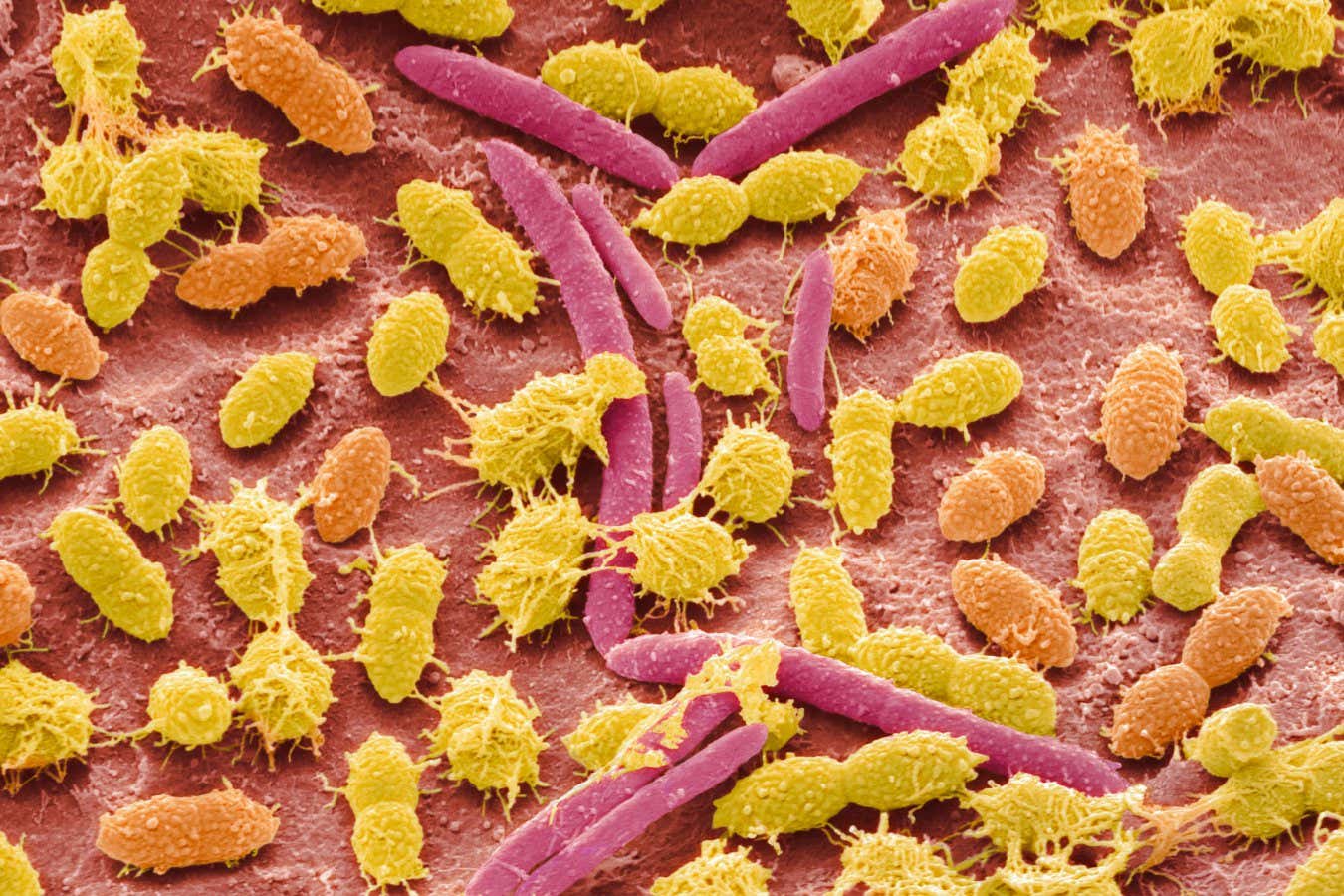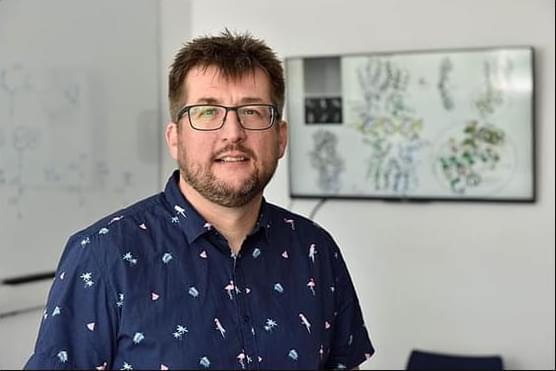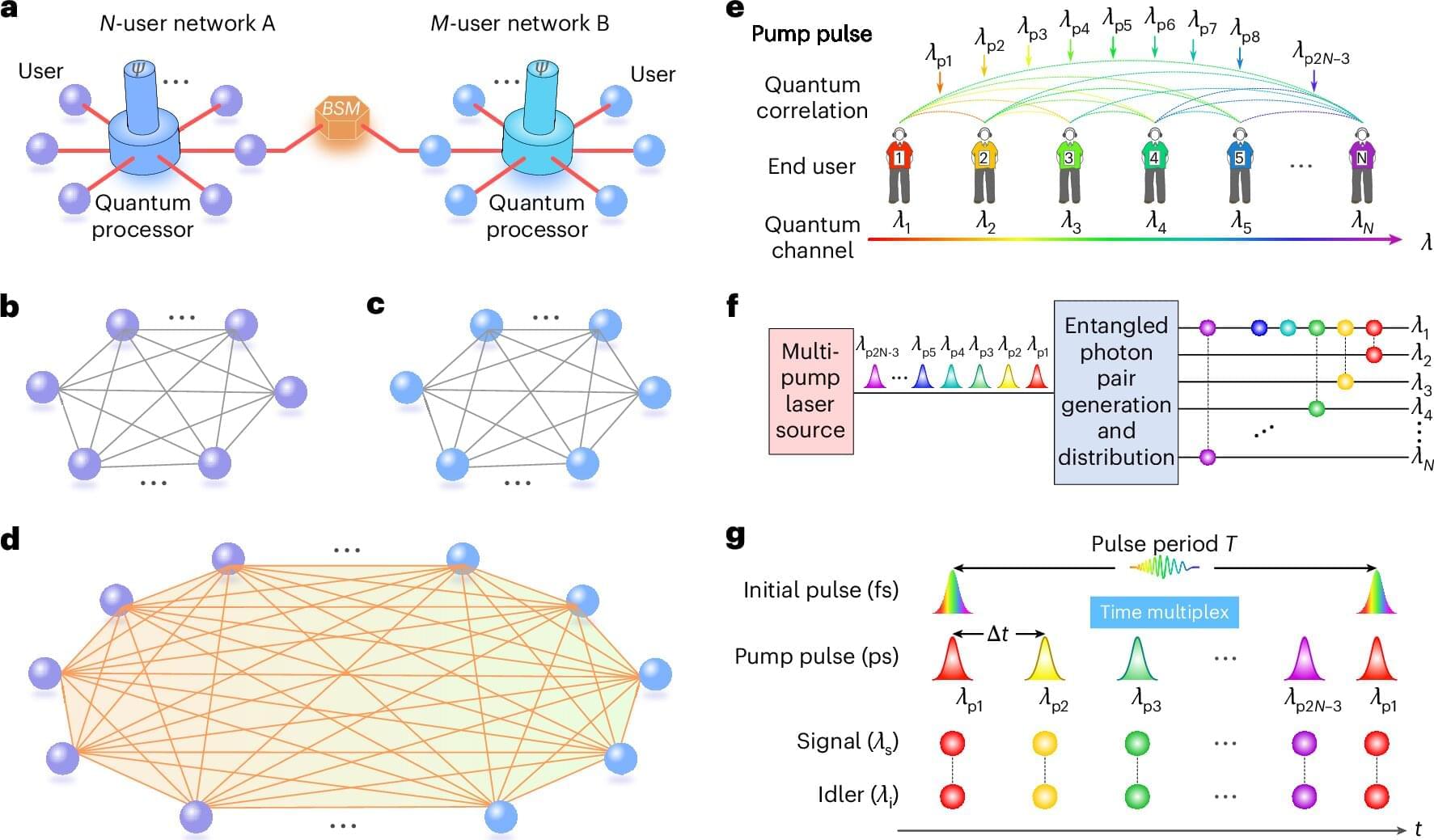As telescopes have become more powerful, it’s turned out our solar system is not the only game in town: There are millions of other planets out there in the galaxy. But we’re still teasing out clues about what they are actually like.
One of the puzzles is a kind of planet that appears to be one of the most common types in the universe. Known as “mini-Neptunes” because they run a little smaller than Neptune in our solar system, these planets are made of some mix of rock and metal, with thick atmospheres mostly made of hydrogen, helium, and perhaps water. Strangely, despite their abundance elsewhere, they have no analog in our own solar system, making the population something of an enigma.
But a new study published Nov. 5, led by Prof. Eliza Kempton with the University of Chicago, adds a new wrinkle to our best picture yet of these distant worlds. The research is published in The Astrophysical Journal Letters.









